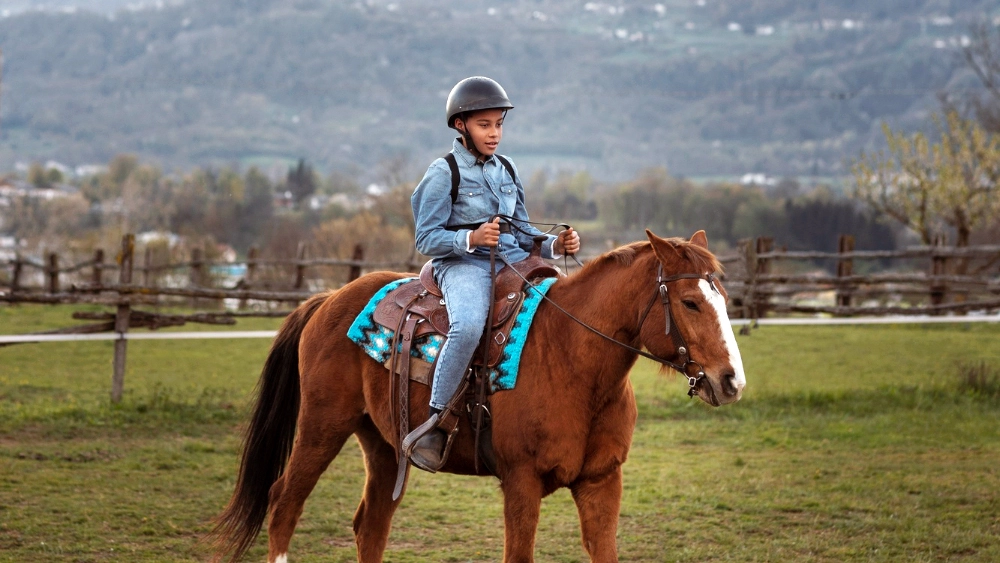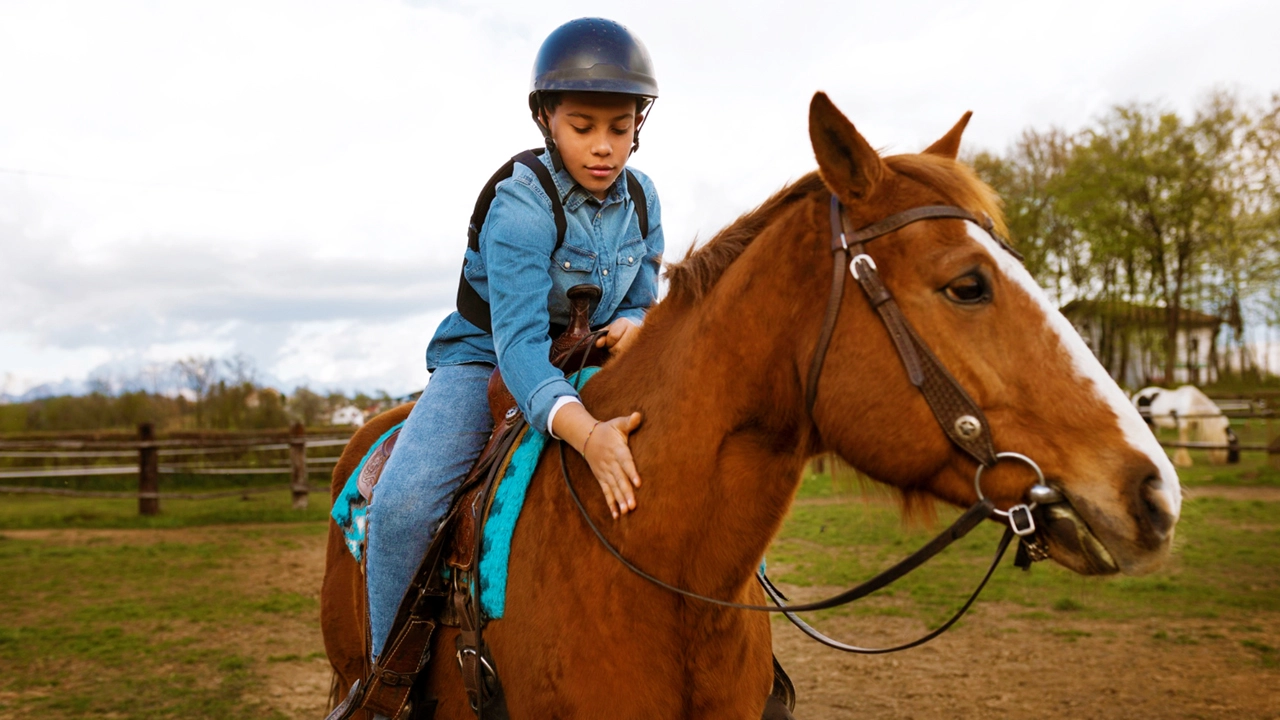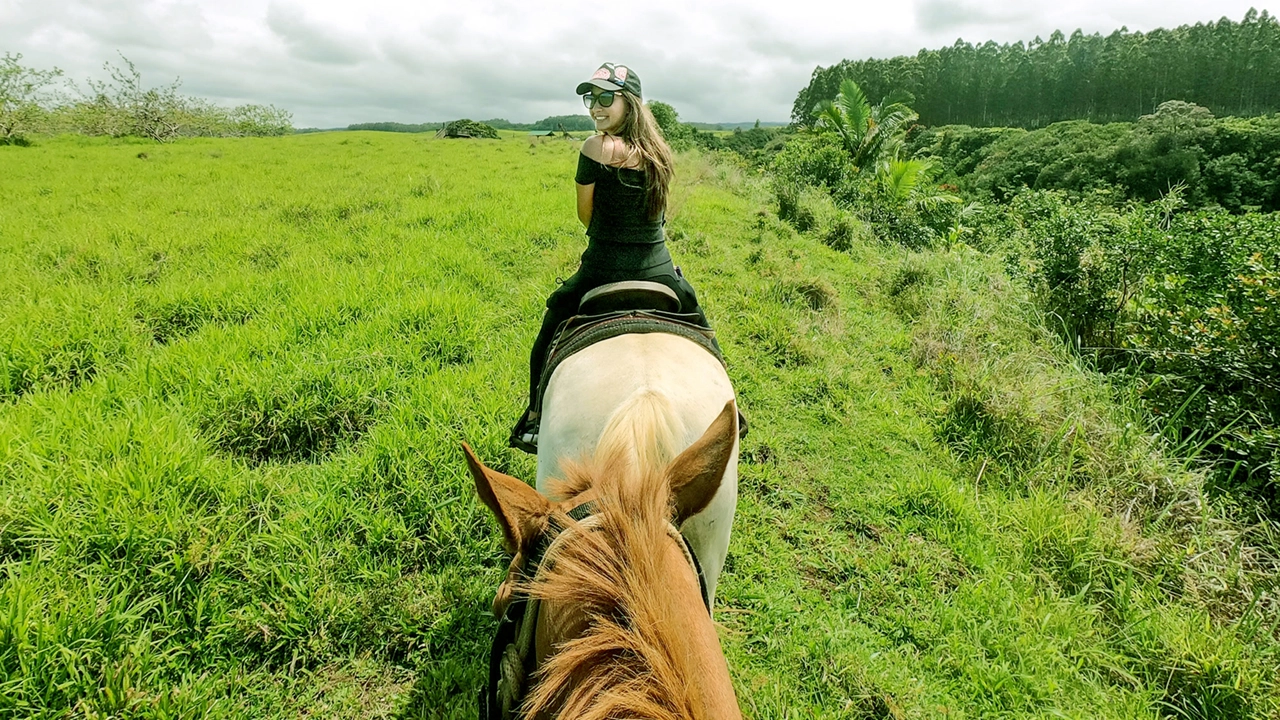Have you ever experienced the thrill of galloping through lush landscapes, the wind in your hair, and a sense of connection with nature? Horseback riding is undeniably an exhilarating activity that allows us to forge a unique bond with these majestic animals while exploring the great outdoors. However, as passionate riders, it’s essential to ask ourselves: Are we truly riding sustainably?
Horseback riding is a thrilling and enjoyable activity that connects us with nature and these majestic creatures. However, it’s crucial to practice sustainable horseback riding to ensure the well-being of the environment and the horses. In this article, we’ll explore 5 essential tips for sustainable horseback riding to help you make a positive impact on the environment while having a memorable experience. By following these tips, riders can engage in horseback riding while simultaneously preserving the natural beauty of the trails and supporting the local community.
Additionally, practicing responsible manure disposal and participating in environmental conservation efforts can further contribute to the sustainability of horseback riding. So, let’s explore these tips in more detail to engage in an eco-friendly horseback riding experience.
How to Practice Sustainable Horseback Riding: 5 Essential Tips

As responsible riders, it is our duty to ensure that our passion for equestrian adventures goes hand in hand with sustainable practices. By adopting eco-conscious habits, we can preserve the environment, protect our beloved horses, and ensure that generations to come can enjoy the wonders of horseback riding.
If you’re ready to embark on a journey of responsible horsemanship, here are five indispensable tips for practicing sustainable horseback riding:
Tip 1: Choosing The Right Equipment
Choosing the right equipment for sustainable horseback riding requires careful consideration. Opt for eco-friendly horse tack and gear, made from sustainable materials. Utilize saddles and bridles that prioritize the use of environmentally friendly materials. When grooming, opt for natural products that are gentle on the horse and the planet.
– Eco-Friendly Tack and Gear
Opt for tack and riding equipment made from eco-friendly materials, such as biothane or recycled fibers. These alternatives are durable, functional, and reduce the demand for new materials.
– Proper Saddle Fit
Ensure that the saddle fits the horse properly to prevent discomfort or injury. Ill-fitting saddles can cause pain to the horse and lead to long-term health issues.
– Sustainable Riding Apparel
Choose riding apparel made from organic or sustainable fabrics, as conventional textiles can be resource-intensive to produce. Look for eco-conscious brands that prioritize ethical manufacturing practices.
Tip 2: Proper Waste Disposal
Proper waste disposal is crucial for sustainable horseback riding. One eco-friendly way to manage manure is through composting techniques. Composting helps convert horse waste into nutrient-rich soil for plants. Additionally, it reduces the need for chemical fertilizers. Another important aspect is disposing of hazardous materials safely.
– Composting Horse Manure
Creating a designated composting area on your property allows you to harness the benefits of horse manure as a valuable resource for your garden or agricultural endeavors. Not only does this reduce the need for chemical fertilizers, but it also minimizes the waste that ends up in landfills.
– Coordination with Local Facilities
If you lack the space or resources to compost horse manure on your property, consider coordinating with local farms, community gardens, or composting facilities. Many such facilities welcome horse manure contributions to enhance their composting efforts.
– Biodegradable Bedding Options
In addition to manure, bedding materials also contribute to the waste generated by horses. Choosing biodegradable bedding options, such as straw or wood shavings, ensures that discarded bedding breaks down naturally over time. Avoid bedding materials with synthetic components.
Tip 3: Mindful Trail Riding
Mindful trail riding is a crucial tip for sustainable horseback riding. Staying on designated trails is essential to protect natural habitats. It helps avoid sensitive areas and fragile ecosystems. Respecting wildlife and vegetation during rides also plays a vital role.
– Stay on Designated Trails
When horseback riding in natural areas, always stick to designated trails. Avoid straying into sensitive habitats or disturbing wildlife.
– Minimize Waste and Litter
Pack reusable water bottles and snacks to minimize waste during rides. Carry a trash bag and pick up any litter you come across during your journey.
– Respect Wildlife
Observe wildlife from a distance and avoid approaching or feeding them. Respecting their natural behaviors helps preserve their habitats and prevents undue stress on the animals.
– Reduce Noise Pollution
Speak softly and avoid loud noises that might startle horses or wildlife. Keeping noise levels down contributes to a more serene riding experience for everyone.
Tip 4: Care and Welfare of Horses
As responsible riders, it is our duty to ensure that our horses are healthy, happy, and well-cared for, while also minimizing our environmental impact. In this section, we will delve into essential tips for the care and welfare of horses, ensuring that they, too, can enjoy a sustainable and fulfilling life alongside us.
– Regular Veterinary Check-ups
Schedule regular check-ups with a qualified veterinarian to monitor the health and well-being of your horse. Preventative care is vital for keeping horses in optimal condition.
– Proper Nutrition and Hydration
Ensure your horse receives a balanced diet and access to clean water. Well-nourished horses are healthier, happier, and better equipped for riding.
– Responsible Waste Management
Dispose of horse manure properly, as it can pollute water sources if left untreated. Consider composting or recycling manure to repurpose it as a natural fertilizer.
– Adequate Rest and Exercise
Allow your horse to rest and recover after rigorous rides. Adequate exercise is essential for their physical and mental well-being.
Tip 5: Eco-Friendly Horseback Riding Tours
Eco-friendly horseback riding tours prioritize sustainability and environmental preservation, ensuring that our equestrian journeys leave nothing but positive footprints. By supporting such tours, we can indulge in unforgettable experiences while contributing to the protection of the natural world for generations to come.
– Research Tour Operators
When planning horseback riding tours, choose operators that prioritize sustainable practices and show a commitment to environmental conservation.
– Group Size Limitations
Opt for smaller tour groups to minimize the impact on the environment and ensure a more intimate and enjoyable riding experience.
– Encourage Eco-Education
Support tour operators that provide educational programs about local ecosystems and wildlife conservation. Increased awareness leads to a deeper appreciation of the environment.
FAQs about Sustainable Horseback Riding
What are the benefits of Sustainable Horseback Riding?
Sustainable horseback riding promotes a closer connection with nature while minimizing the environmental impact.
How can I practice Sustainable Horseback Riding?
You can practice sustainable horseback riding by choosing eco-friendly equipment and trails and supporting local conservation efforts.
Finally Insights
So, sustainable horseback riding is not only about enjoying the thrill of the ride but also about cherishing and preserving the natural beauty around us. By following these five tips for sustainable horseback riding, you can minimize your impact on the environment while still enjoying your equestrian adventures. Remember to choose eco-friendly equipment, practice proper waste management, select sustainable trail options, prioritize horse health and well-being, and educate yourself and others on sustainable practices.
By doing so, you will contribute to the preservation of natural habitats, reduce pollution, and ensure the longevity of horseback riding for future generations. So, whether you’re a seasoned rider or just starting out, make sustainable choices that align with your love for horses and the environment.
Let’s create a world where horseback riding and environmental conservation go hand in hand. Together, we can make a difference and enjoy the beauty of nature while horseback riding sustainably.


